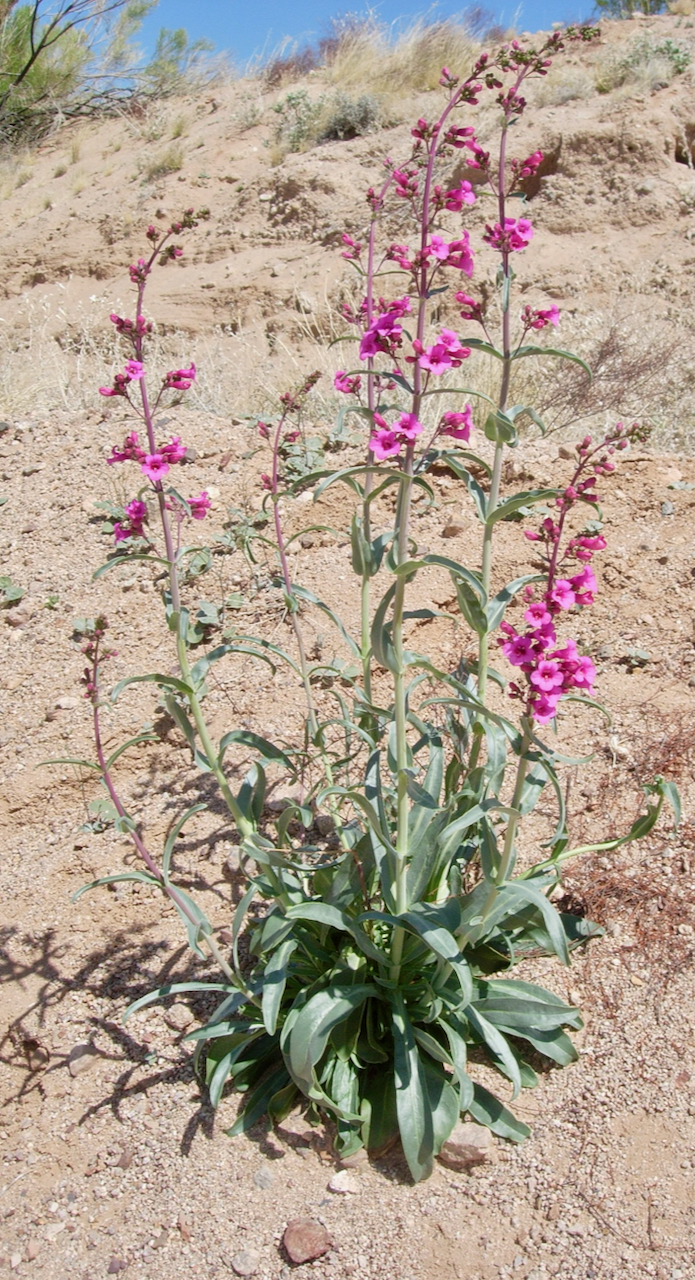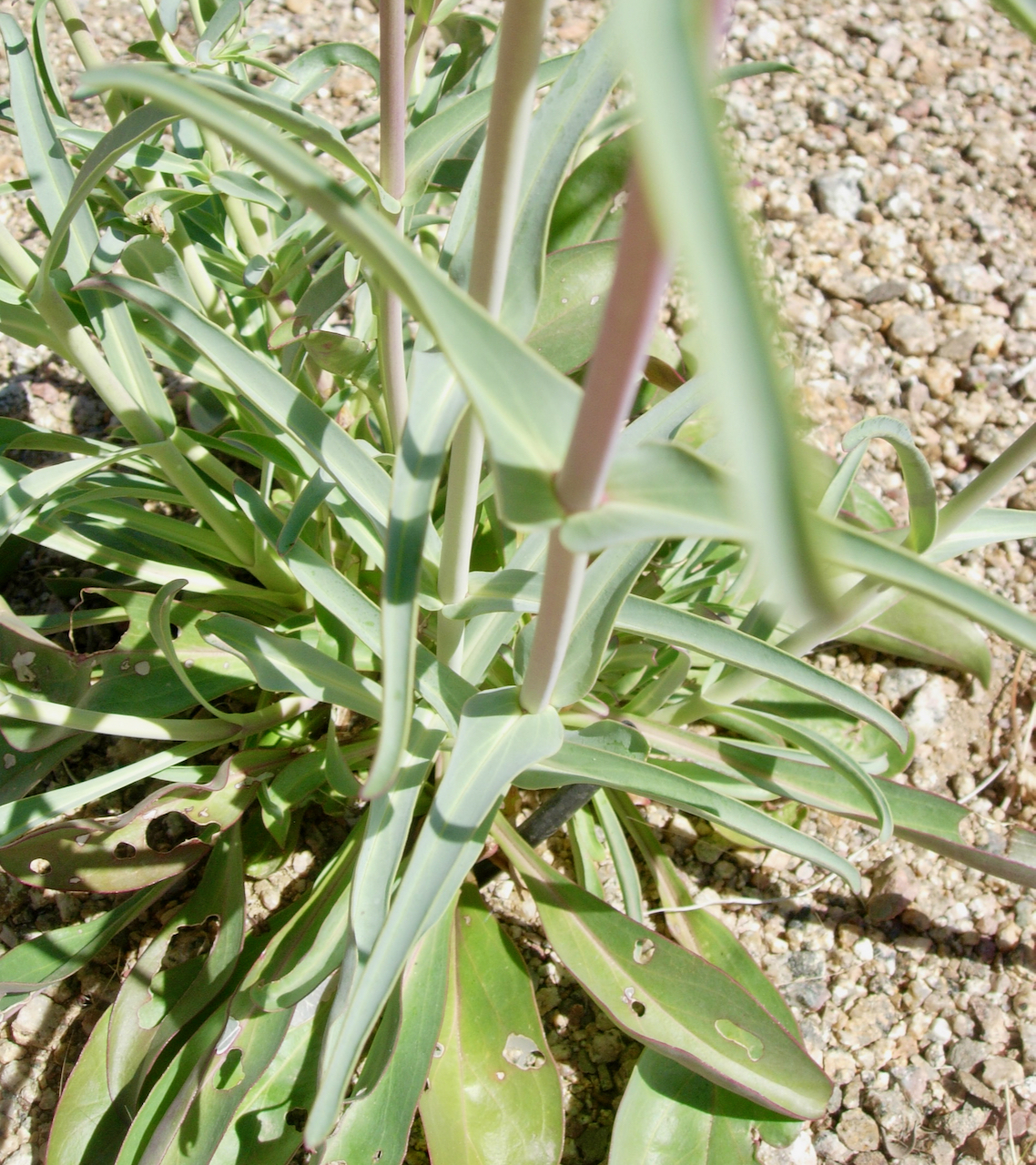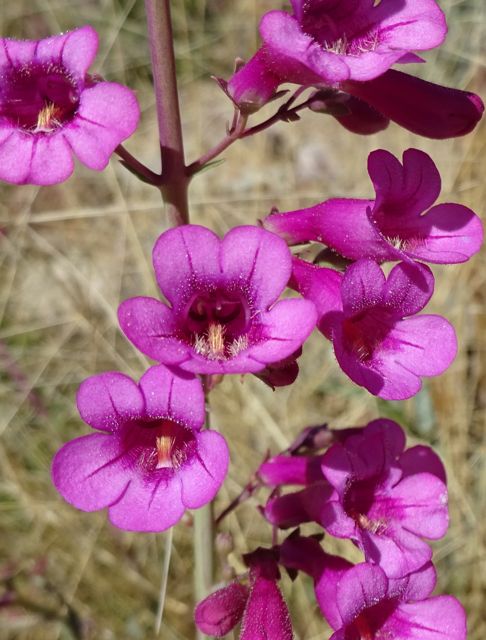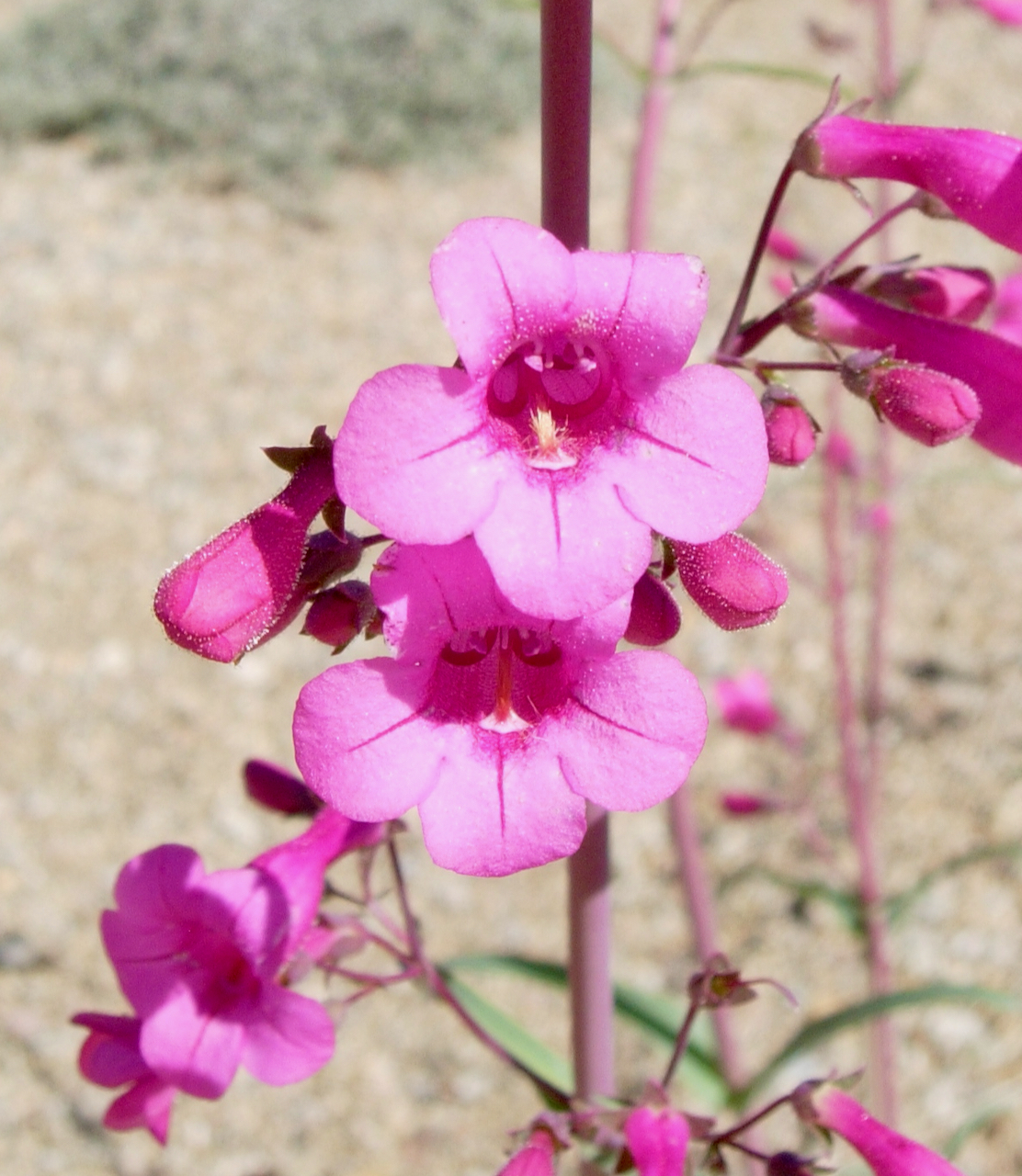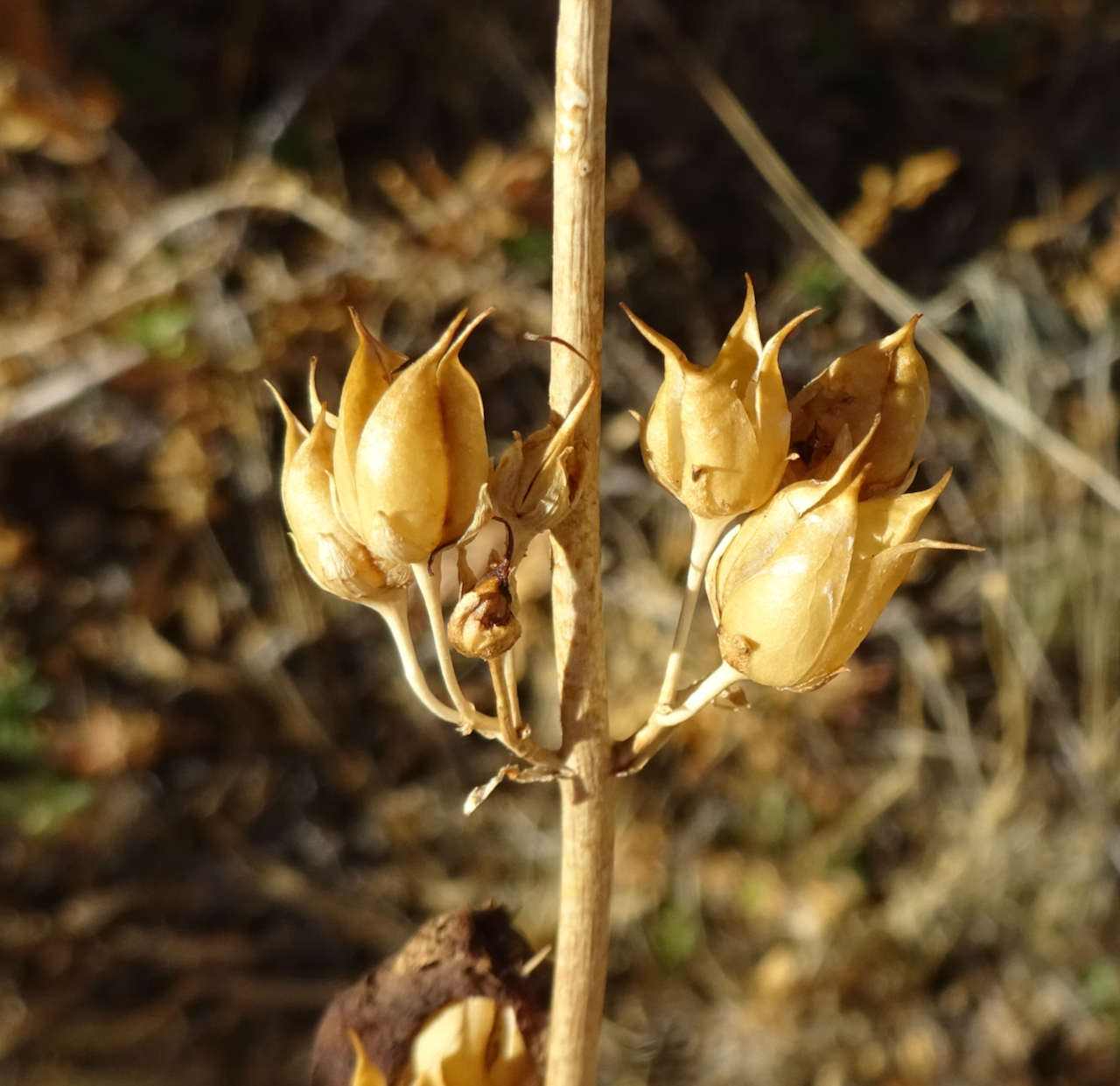Desert Penstemon, Parry's penstemon
Penstemon parryi
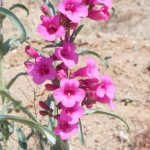
About the Plant
Desert penstemon is a short-lived perennial native to Arizona and adjacent Mexico. Its showy, deep pink flowers appear in early spring, often by late February. Attractive to hummingbirds, it is just as attractive to humans, making it a popular landscape plant in the Tucson area.
Add desert penstemon to your yard by purchasing plants, purchasing seed, or harvesting seeds from your own (or your neighbor's) plants. It grows best when planted in full sun in soil with good drainage. Other conditions may shorten its life. Be careful about irrigation - too much water, especially in summer, will cause root rot. This plant does appreciate cool roots, which you can provide by using mulch or planting near a large rock (the soil is cooler under the rock).
Flowering may be extended by cutting off the initial flowering stem just below the lowest flowers. New flower stalks will often grow from the base of the leaves below.
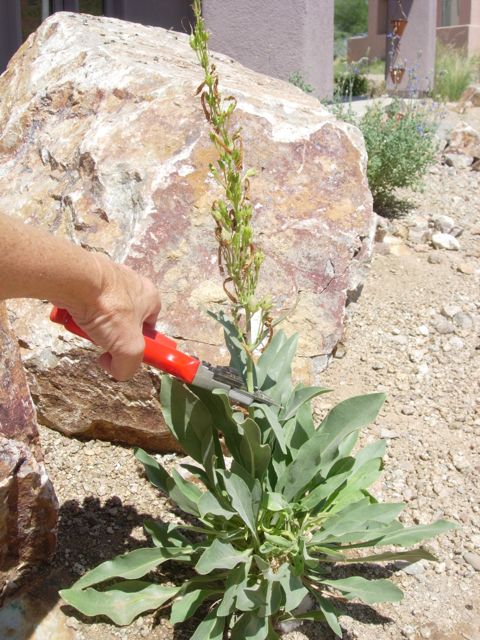
If you want seeds, however, you must leave the stalks on the plant until the fruit begins to open. Collect the seeds and save till fall or simply cut off the stalks and beat them against the ground where you want to plants to appear. Allowing seeds to fall to the ground will provide new plants to replace the original plants, which will die after just a few years.
This penstemon is attractive to some pests, such as aphids. Use a strong stream of water to dislodge. If infestation is heavy, try insecticidal soap. Larger pest can be picked off and crushed.
Wildlife value: very attractive to hummingbirds and bees, will also attract some of the larger butterflies
More Information
Weekly Plant on desert penstemon
Horticultural information from ASU
Growing penstemon from seed from Firefly Forest
Technical botanical description from SEINet
In books:
Native Plants for Southwestern Landscapes by Judy Mielke, pages 217, 220
Perennials for the Southwest by Mary Irish, page 197
ID Characteristics
The leaves are a blue-green. The basal leaves are about 5 inches long, wider toward the tip of the leaf. The stem leaves are opposite, long and narrow, almost clasping the stem. The leaves near the tip of the stem can be quite small.
